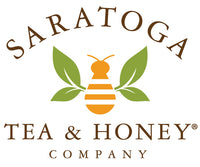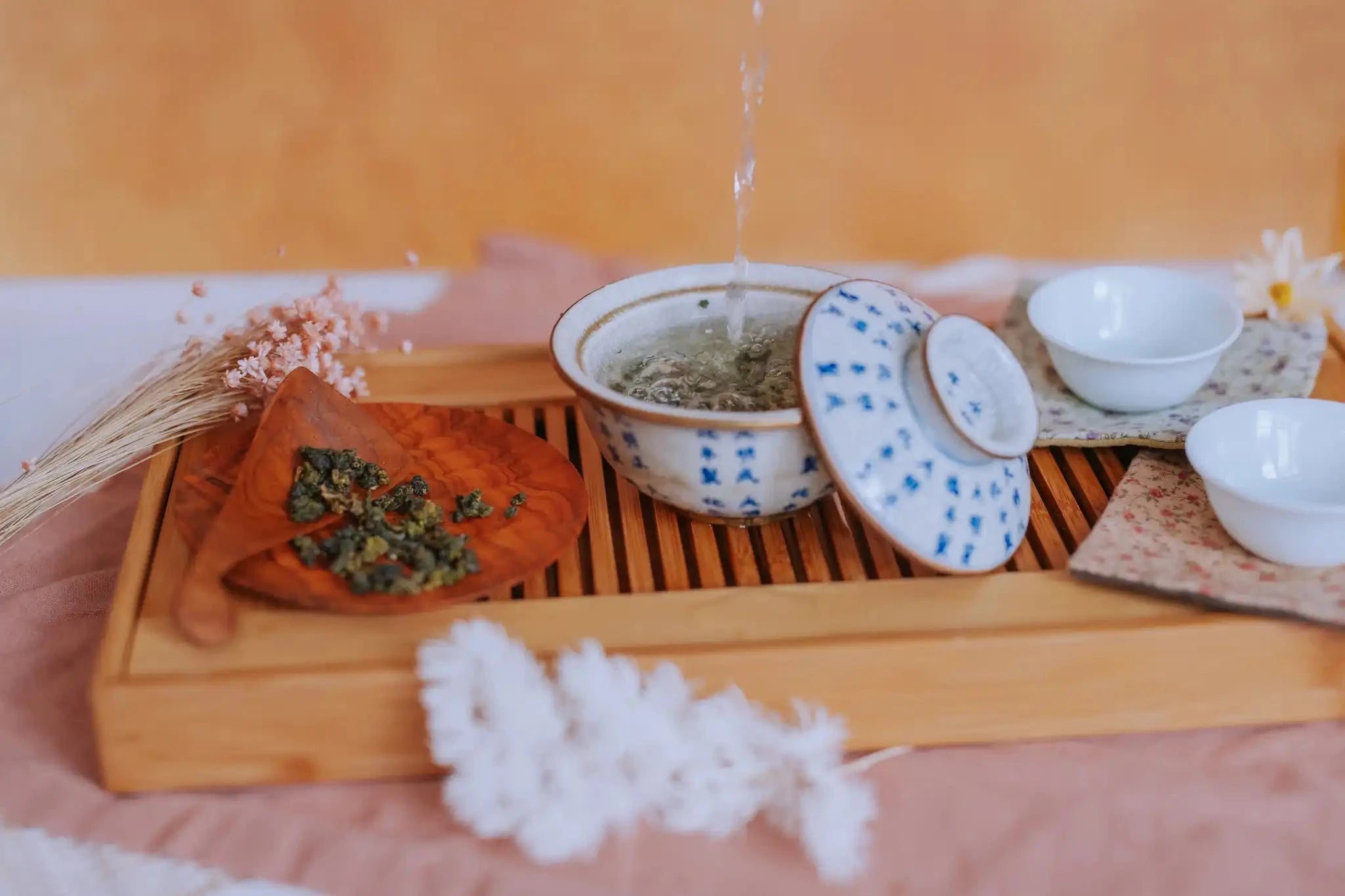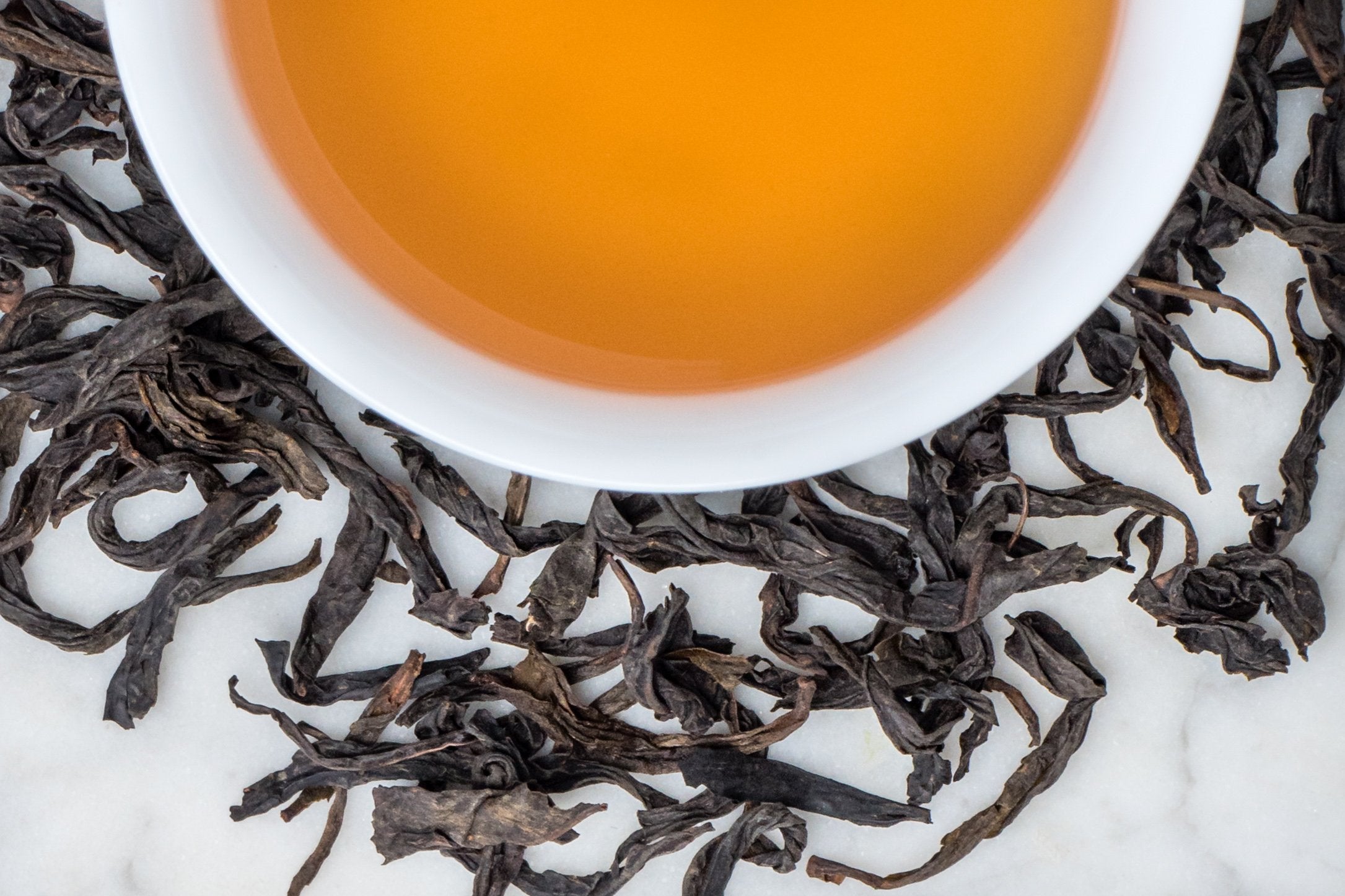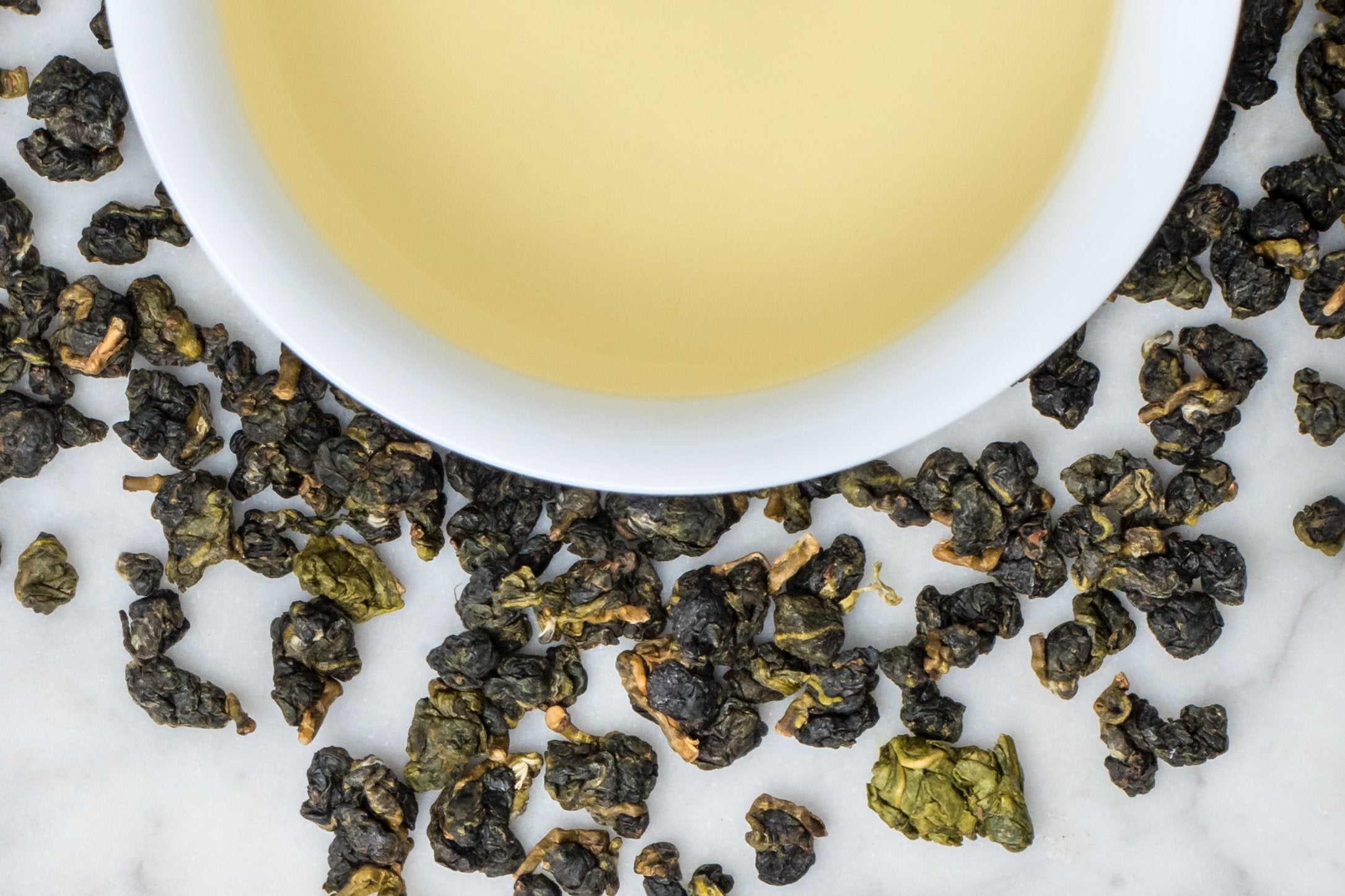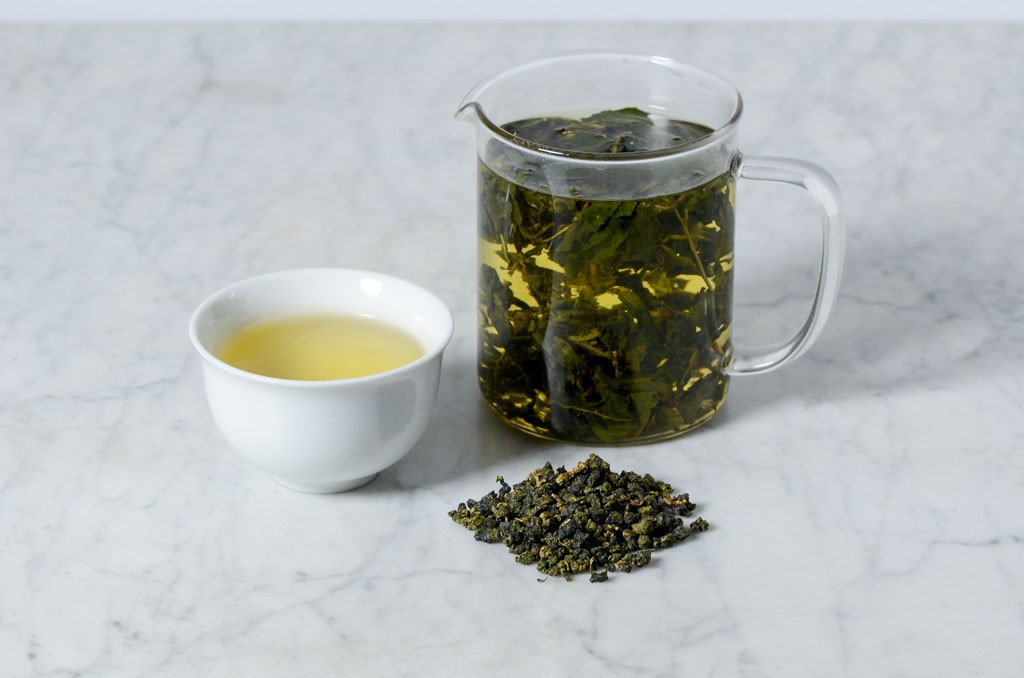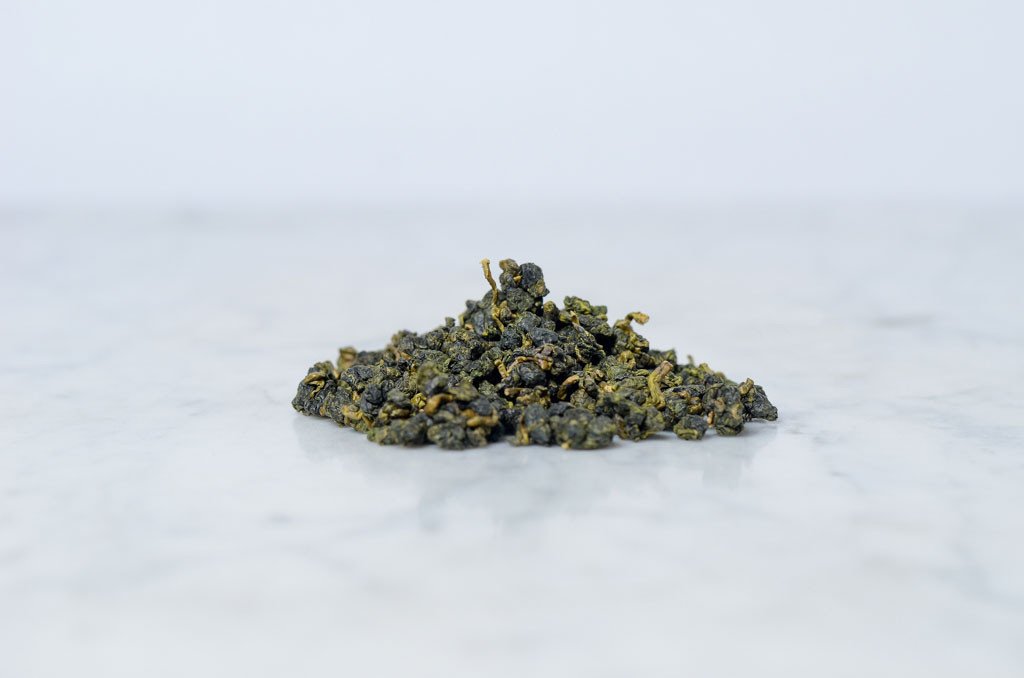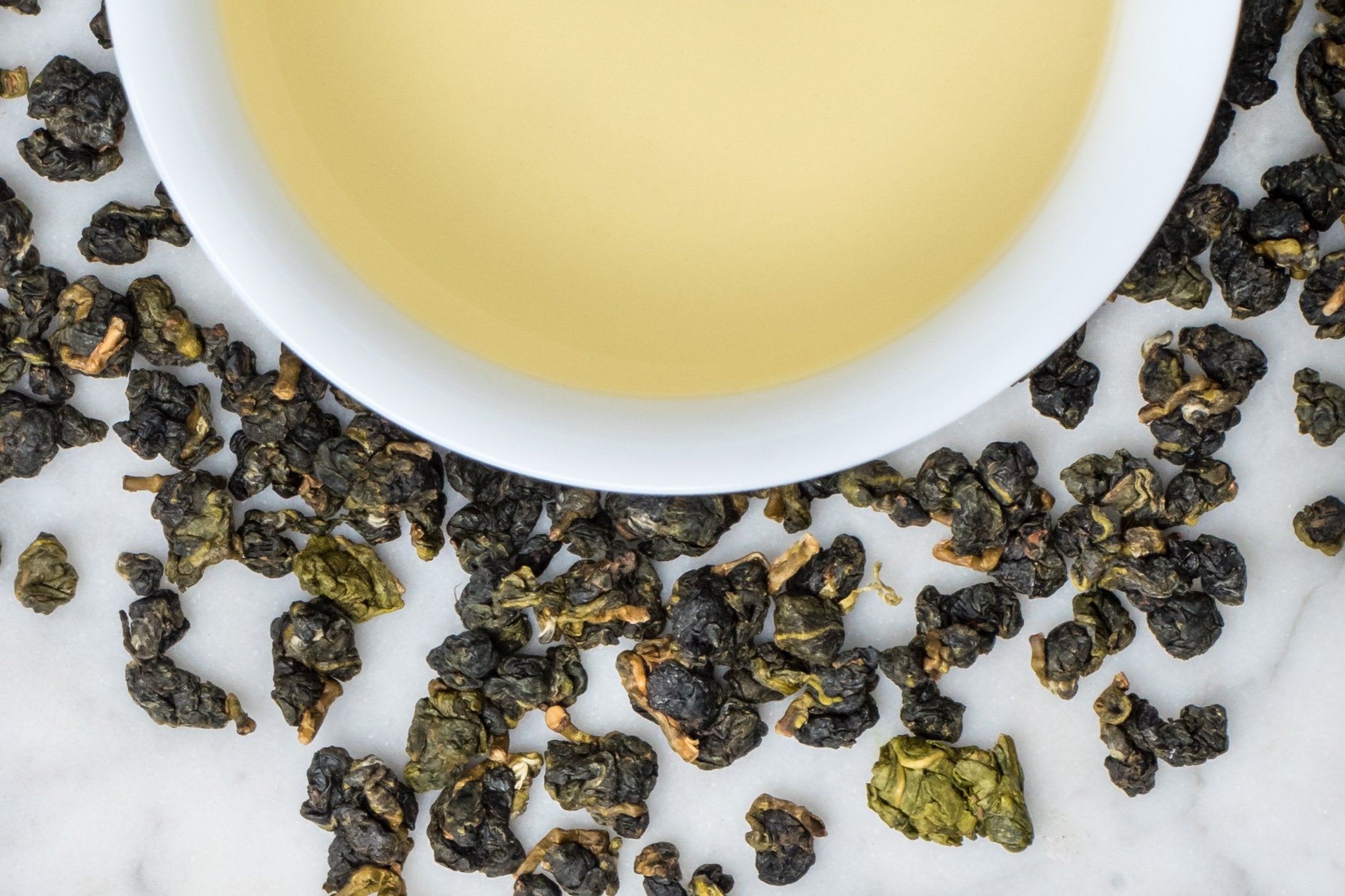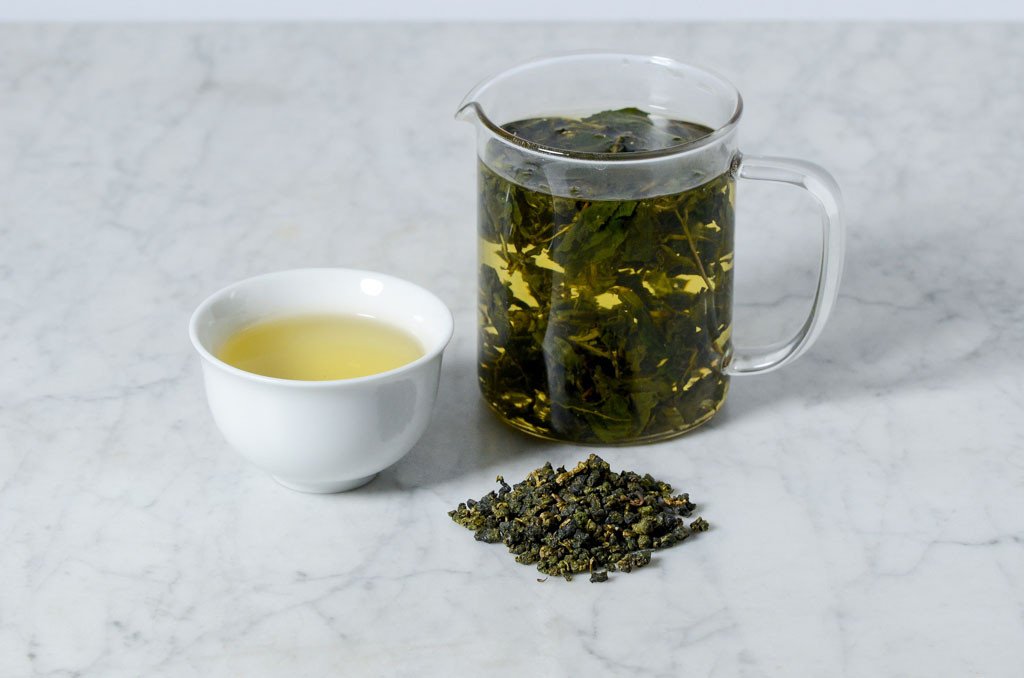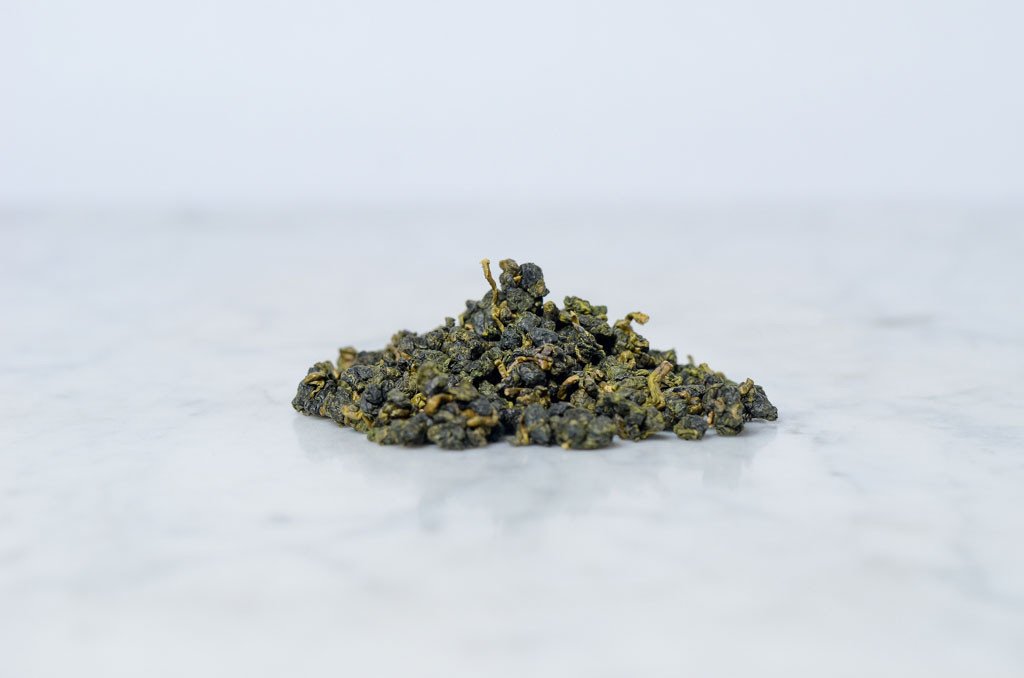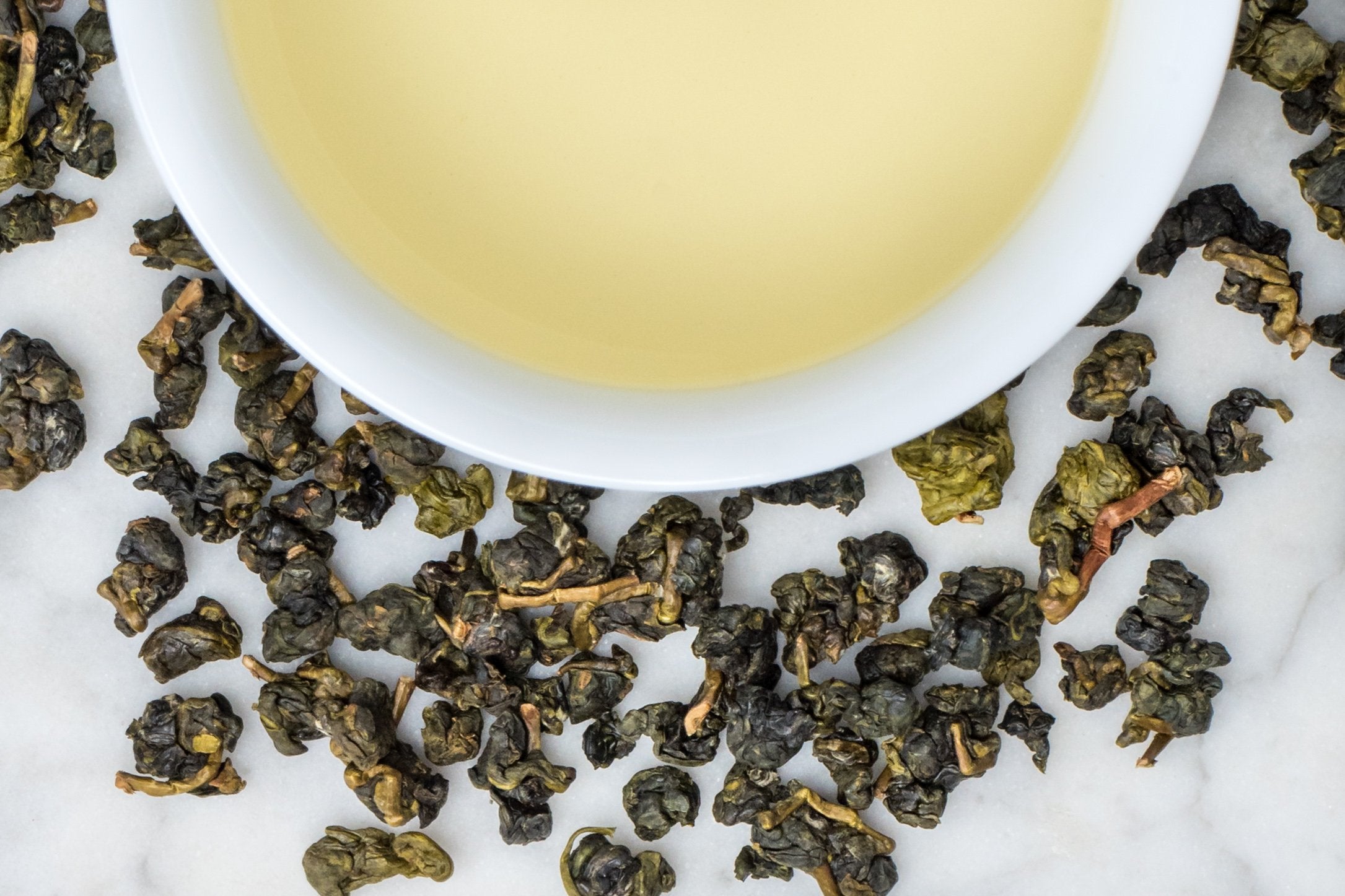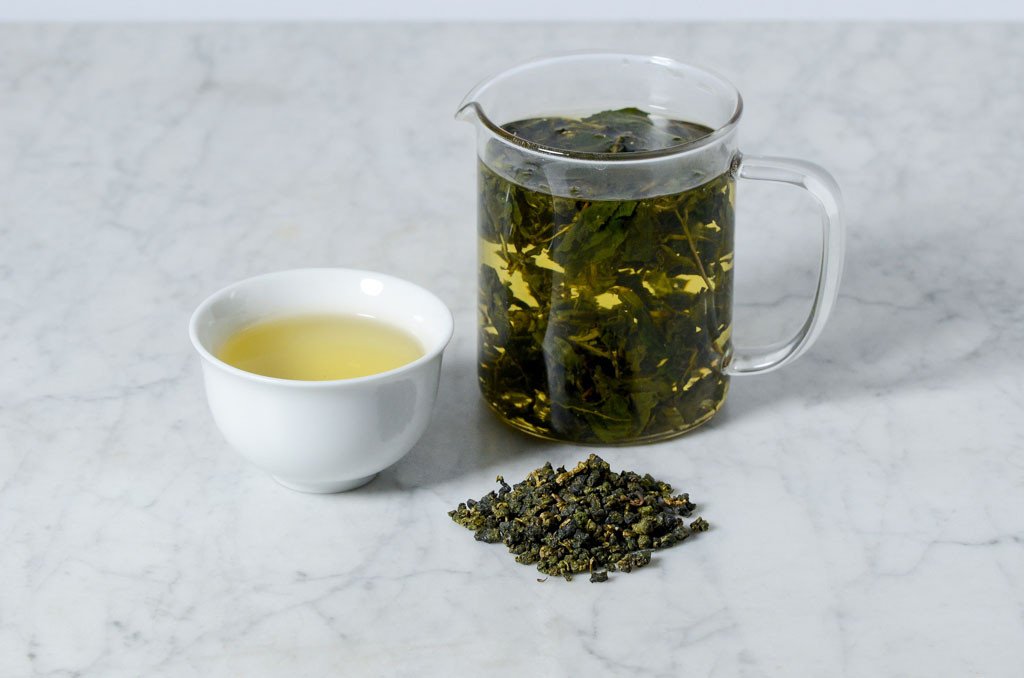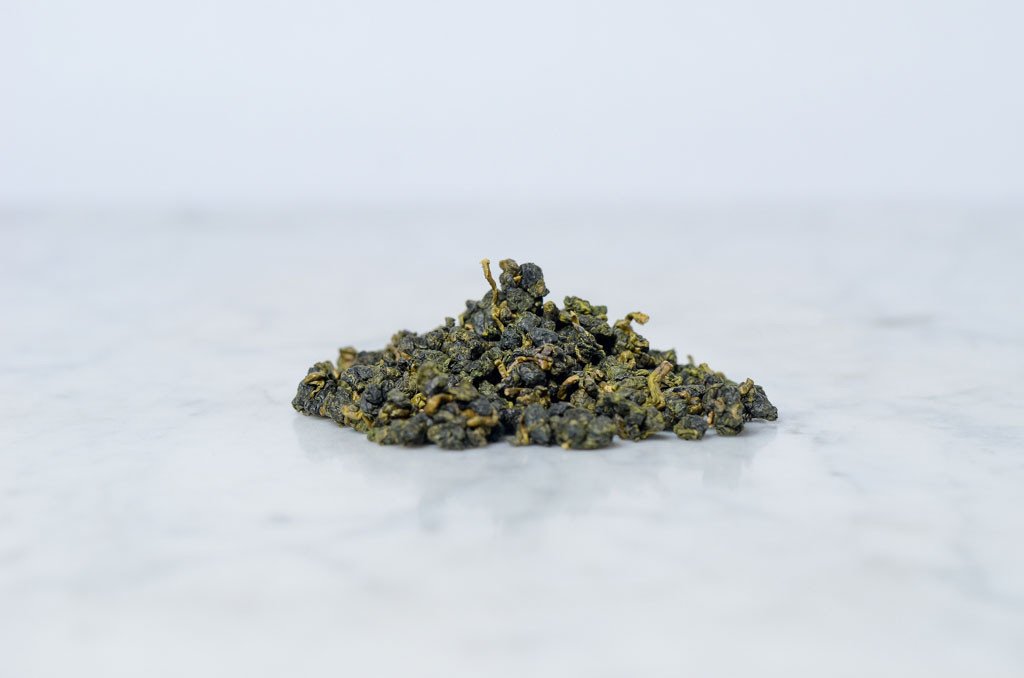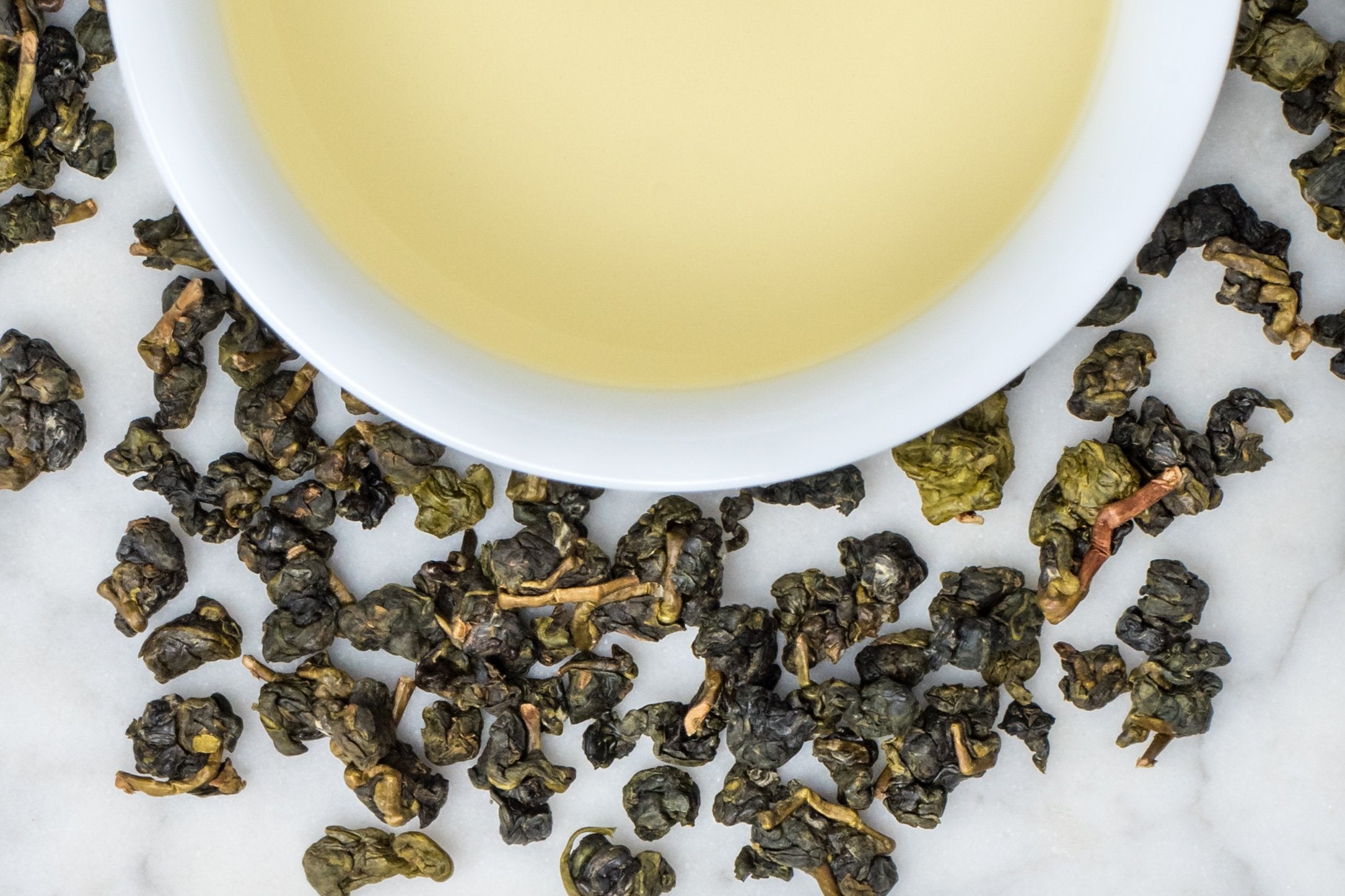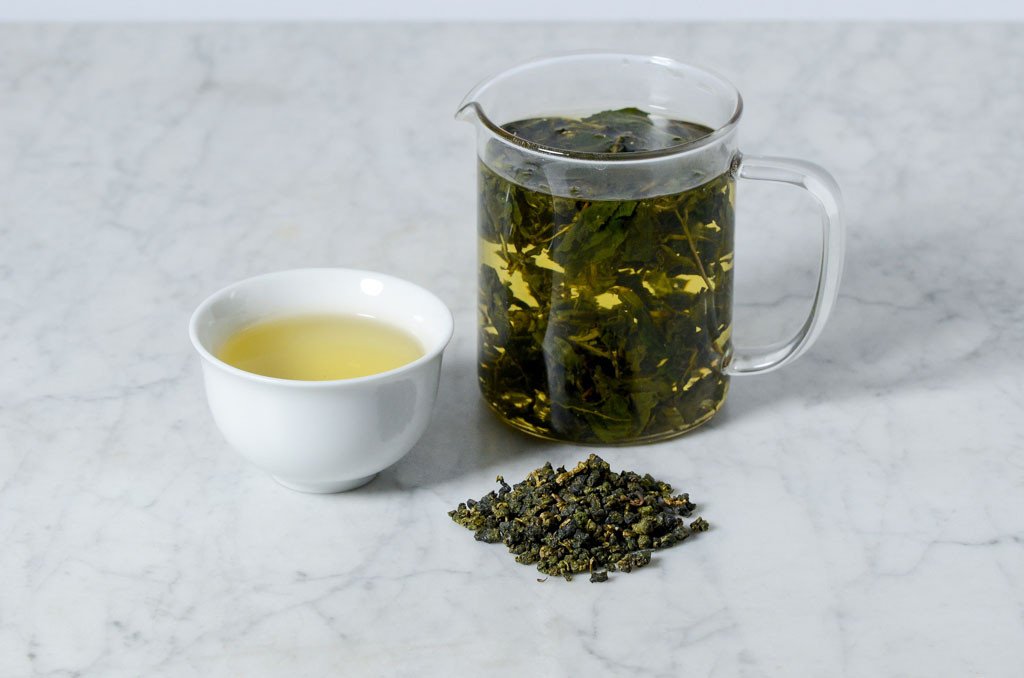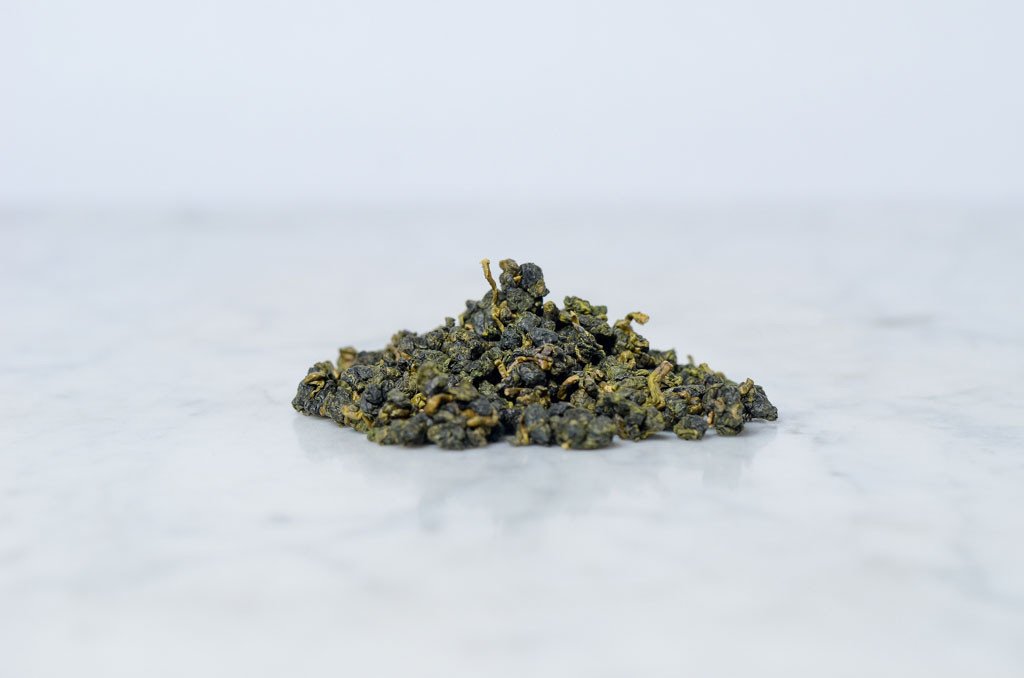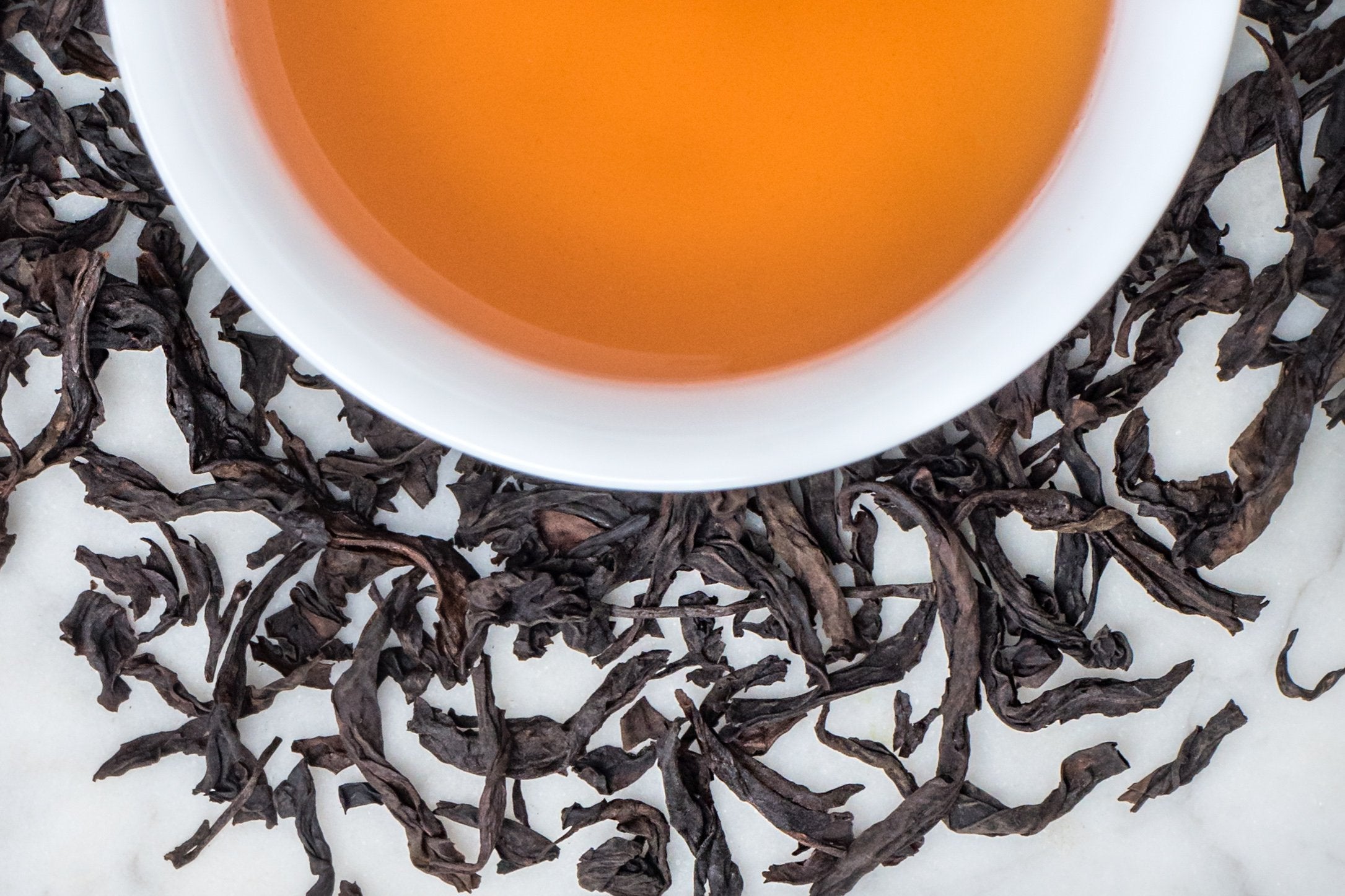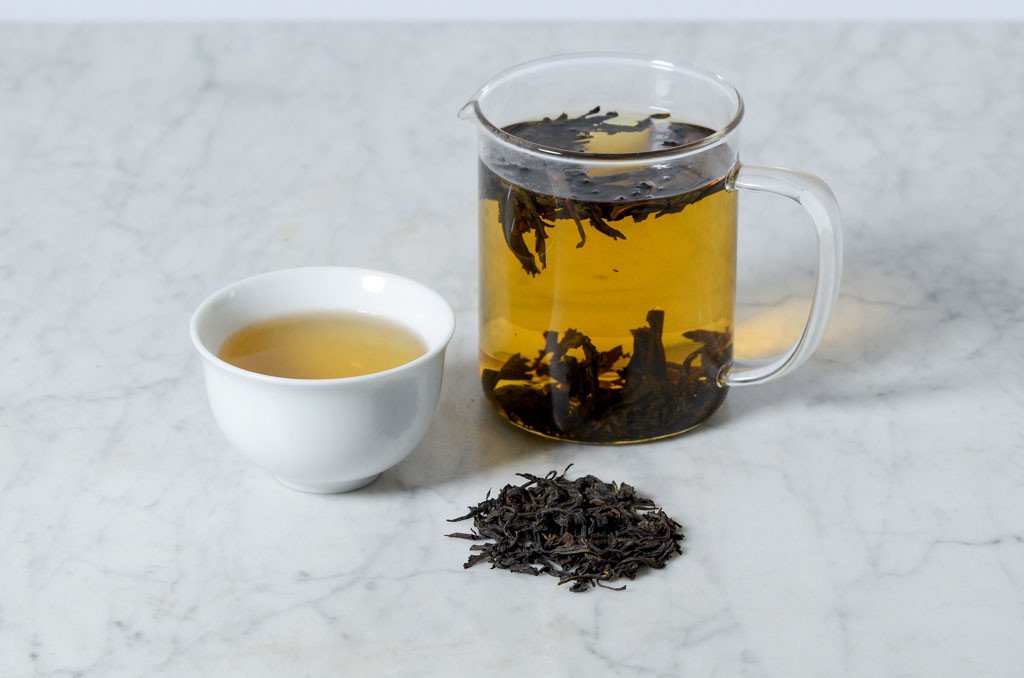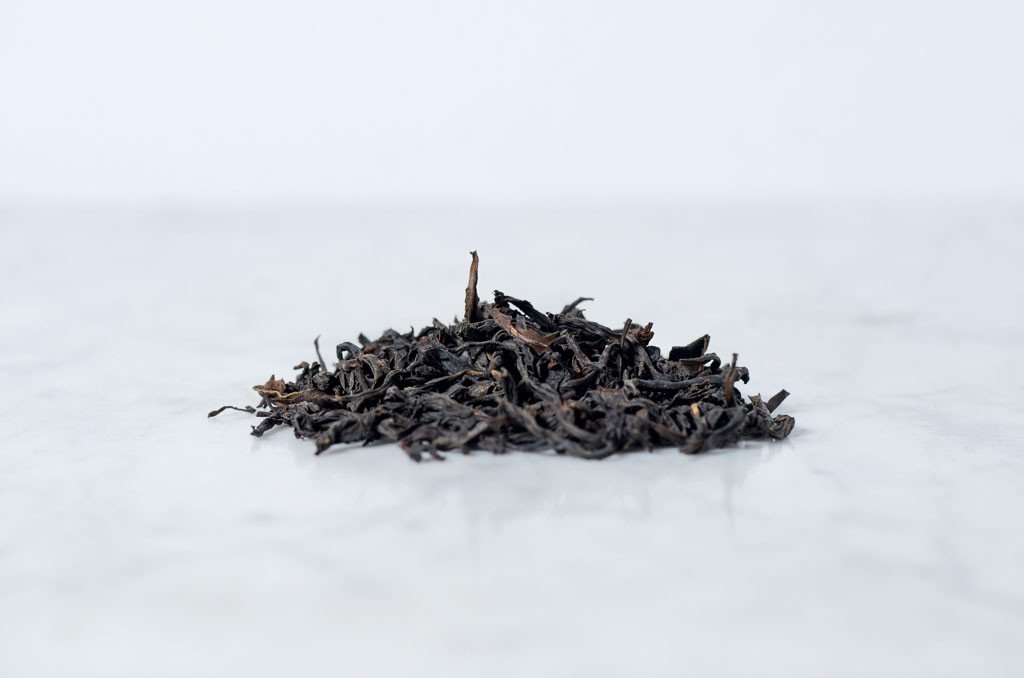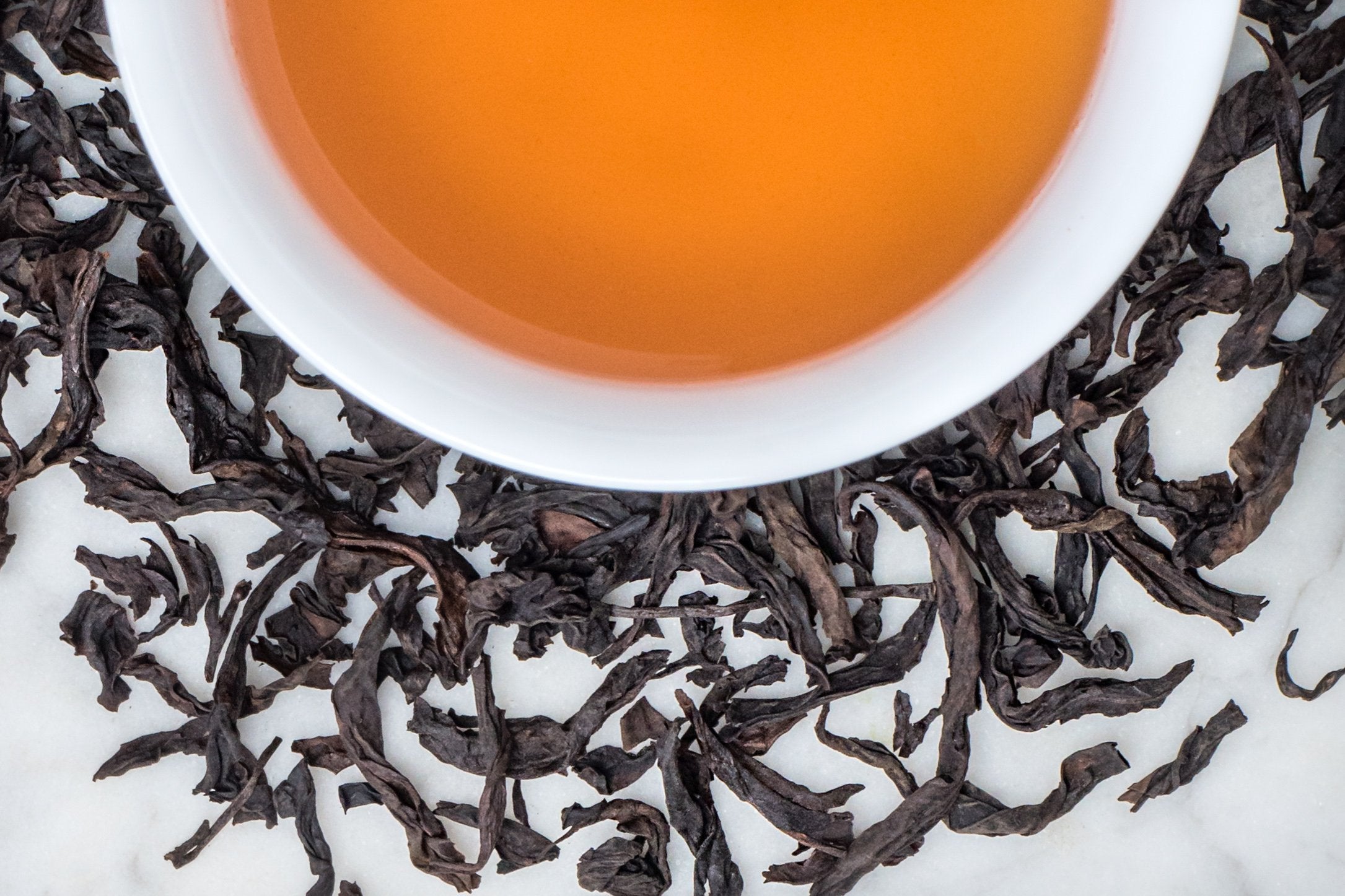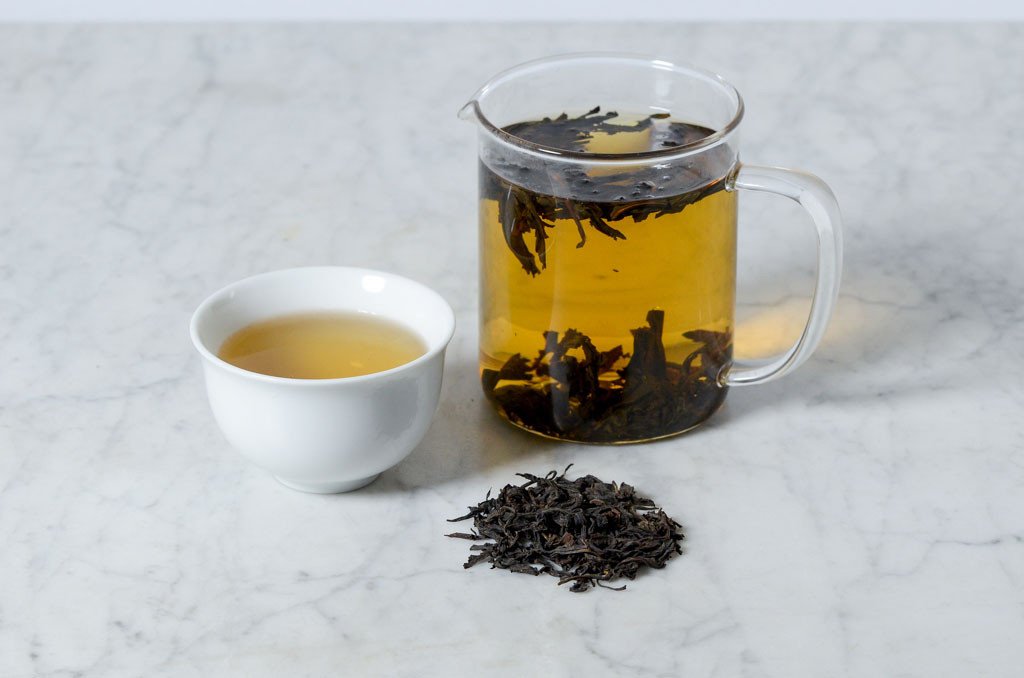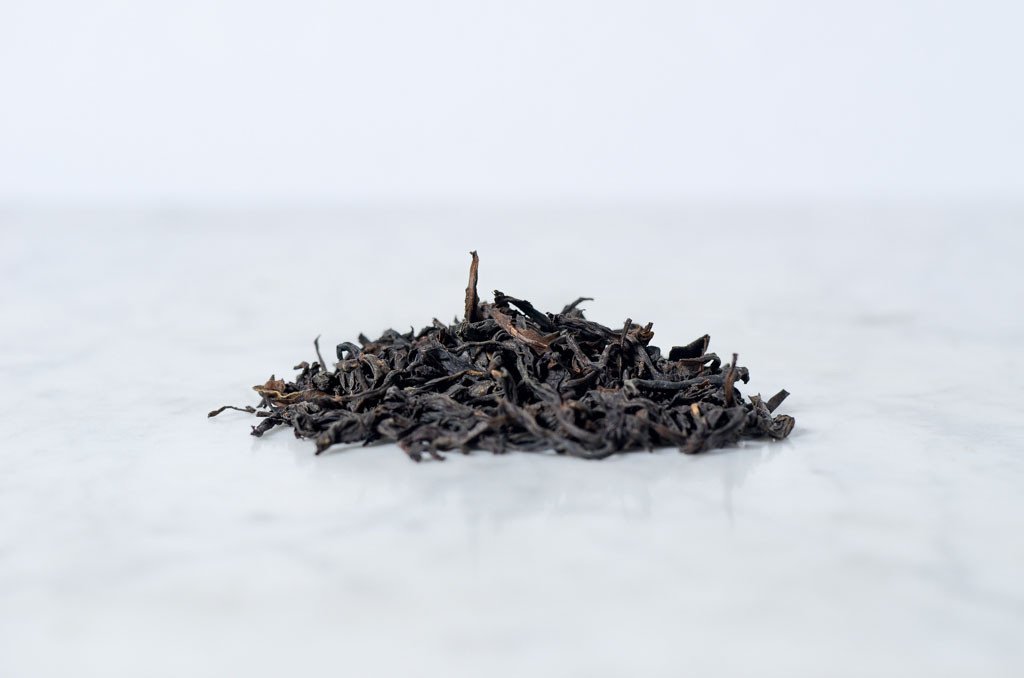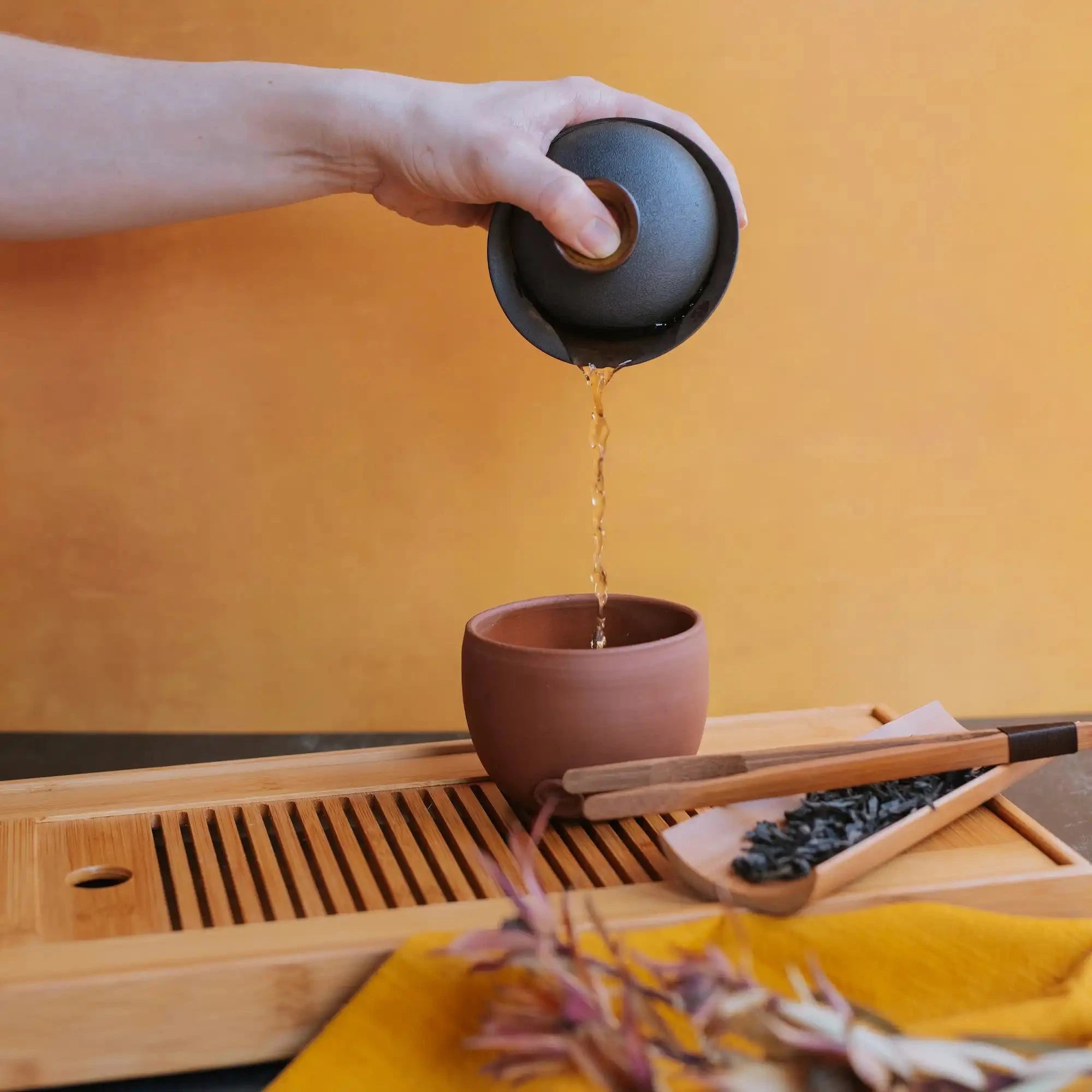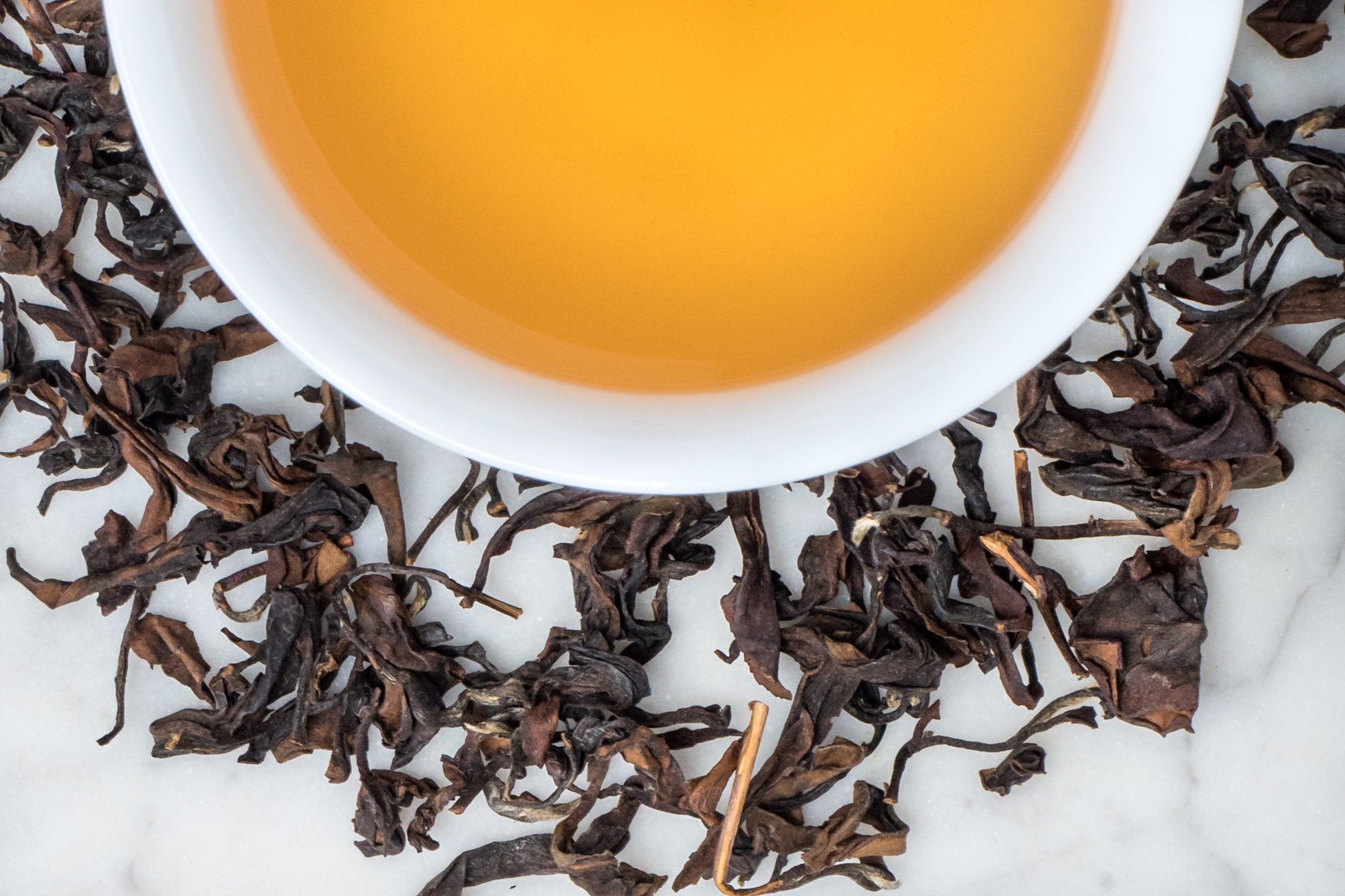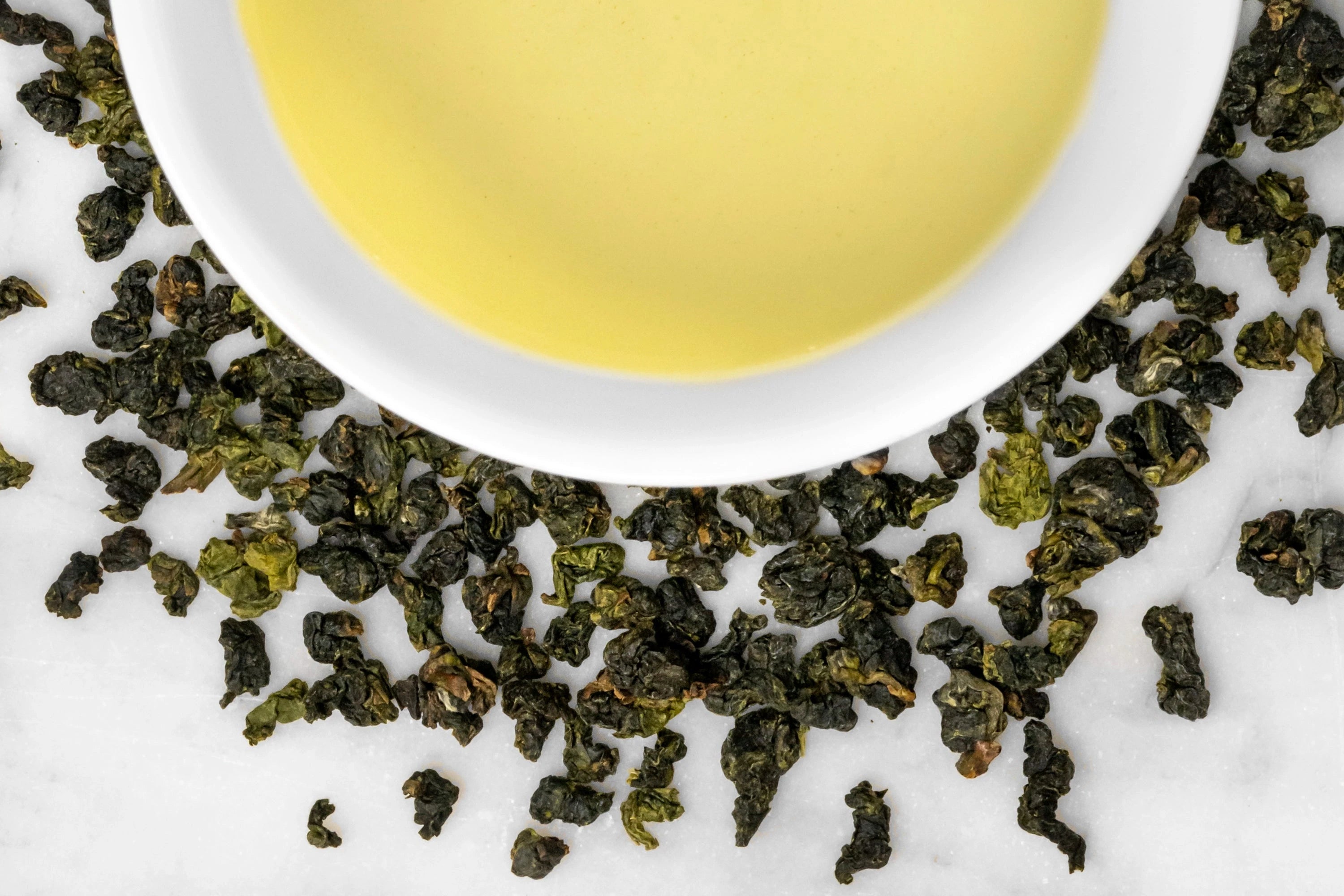What is Tea
What is Oolong?
Oolongs are among the teas that are simultaneously most beloved by those who drink them and most ignored by those who don't. Part of this stems from their name: oolong. Green teas and black teas are obvious. Green teas are green and taste, well, green. Black teas are dark and taste dark. But oolongs? Oolongs sound fancy and unapproachable.
Today we're going to lift the veil and completely demystify oolongs, from taste profiles to production methods and regions to the best and most famous oolongs.
First, what is in a name? In Chinese, the name for what we call Oolong in the west is actually two characters meaning black (wū) dragon (long): 烏龍. This name is thought to refer to the shape of the leaves after they've been rolled into balls that resemble little dragons.
Oolong, sometimes spelled wulong or wu-lung in English, is a semi-oxidized tea that goes through unique processing and can range from 10% - 70% oxidation. Because of this unique processing, oolong teas often have a mellow and balanced tannin without the astringency of green or black teas.
(Note: For the purposes of this blog and explaining certain parts of the history of oolong tea, we will probably bounce around between the different spellings.)
History of Tea
The Origins of Oolong
China - The Birthplace of Oolong
The official origin of oolong teas is lost to history, but there are several origin myths, if you will, that make convincing arguments. Two origins hold that oolong teas likely originated in the Fujian province as part of a tea tradition known as Beiyuan - a type of tea given as tribute to the emperor. Located around the Phoenix (Fenghuang) Mountain in Fujian, which still produces some of the world's best teas today, this famous Song Dynasty (960-1279 CE) tea was compressed in little cakes.
The first origin story holds that oolong tea came into being as the aforementioned Beiyuan tribute teas transitioned from tea cakes to loose leaf teas, when the cakes fell out of favor with royalty during the Song Dynasty. The two tribute teas are long (dragon) and Fenghuang (phoenix). In this story, the new form of processing gave rise to the name Black Dragon, or oolong in English.
The next story is that during the Qing Dynasty (1644-1912 CE) a man nicknamed Wulong in the Anxi region of Fujian became distracted during the harvest and accidentally allowed his leaves to oxidize. This is very, very similar to the founding myth of black tea, which blames an inconveniently invading army for interrupting the harvest, causing the good townfolk to abandon their crop and allow the leaves to fully oxidize.
The final origin story for oolong assumes that oolong was named for the Wuyi mountain range, where it was documented in 12th century Ming Dynasty (1368–1644) poems. This theory makes a lot of sense to those of us in the west because Wuyi sounds an awful lot like wulong, and many of the most famous Chinese rock oolongs hail from this region. Neat, right? But transliteration is a tricky game, and the Chinese characters for the Wuyi Mountain range literally translate to Mountains of Warrior Barbarians ... nothing to do with the color black OR dragons.
This brings us to a brief side note on Chinese words in English:
The characters for oolong are: 烏 (wū, meaning black) 龍 (lóng, meaning dragon)
The characters for the Wuyi Mountains are: 武 (wǔ, meaning military or warrior) 夷 (yí, meaning barbarian) 山 (shān, meaning mountain)
It is worth noting here that transliteration is very imprecise, and more art than science. Transliteration is essentially the process of taking a word in one language and transcribing it in the alphabet of another language so it is easier to pronounce in that language. An easy example would be the English name Munich for the capital of Bavaria rather than the German München. For character languages like Chinese, transliteration into the Roman alphabet used in English is very imprecise and words are often written many ways. Hence: oolong, wulong, and wu-lung.
You can see, then, why it would be tempting to conflate Wuyi and wulong. After all, we write and pronounce Wulong and Wuyi the same way in English. Alas, the characters are different and pronounced differently in Chinese. The "wu" in wulong is "wū" while the "wu" in Wuyi is "wǔ".
All this is a long way to say that the origins of the word oolong are murky, but the simplest answer is probably the correct one: tastes and tea styles changed, and a new type of tea was born.
Shui Xian Lao Cong
Taiwan - A Hospitable Climate
Taiwan is an island directly across the South China Sea from the Fuijian Province in China. With the very tall Zhong Yang San Mai mountain range in the middle that protects the western side of the island from large storms coming in from the ocean, and a temperate climate that rarely drops below 55° F with over 79 inches of rainfall on average, the Western regions of Taiwan are ideal for growing tea.
In the early 1800s a tea merchant decided to see if tea would grow in Taiwan. A very hospitable climate for tea, the cultivation of tea quickly spread throughout the island. It wasn't until 1868, however, that the Taiwanese began processing oolongs themselves, having previously sent the leaves to Fujian for processing. John Dodd, a British merchant, decided this was incredibly inefficient and persuaded tea masters from Fujian to begin processing teas in Taipei. Beginning then and continuing till now, oolong is the most exported tea from Taiwan.
Ali Shan
How is Oolong Made?
The Process for Making Oolong
Like most teas, oolongs go through a six or seven step process of plucking, withering, oxidation, firing (halting oxidation using heat), rolling, and drying. After drying, some teas will then be roasted to impart a warm, nutty, almost cereal-like flavor to the teas.
The Chinese and Taiwanese tea producers have different methods for producing oolongs, with Taiwanese rolled oolongs like our Ali Shan or Shan Lin Xi going through additional processes on the second day called heating/stirring, rolling, and compression. This process, repeated 10-20 times, is how Taiwanese oolongs are shaped into very tiny, compressed rolls of tea that unfurl when infused into beautiful, full leaves.
Oolong Tea & Oxidation Levels
Oolong can be the most intimidating category of tea because there is no clear cut rule for what oxidation level classifies tea as oolong. Instead, oolongs exist in this nebulous category of semi-oxidized, which can range from 10% - 70% oxidation, making it difficult to say definitively "I like oolongs". You may find that you love high mountain Taiwanese oolongs but you're not a fan of rock oolongs from the Wuyi Mountains, for example.
A quick glance at our shelves of oolongs in the store, or the oolong page on our website, nicely visualizes the range in oxidation, from the very lightly oxidized Ali Shan with its pale gold liquor to the heavily oxidized Shui Xian Lao Cong with its liquor of a clear, deep amber.
You can use both the color of the liquor and the production regions as reliable indicators of whether or not you will enjoy a certain oolong. The best way to figure this out? Taste, taste, taste and taste some more teas!
What is oxidation?
Oxidation is a natural enzymatic process that becomes possible as soon as the leaves are plucked from the tea trees. Green tea is an unoxidized tea, so the leaves are handled as little as possible during the withering phase to avoid triggering oxidation, then the leaves are quickly heated to halt natural enzymatic oxidation after being allowed to wither for a short time. Black teas, by contrast, are fully oxidized teas, and this oxidation is further encouraged by rolling the leaves after withering to break down the cell structures that trigger oxidation.
You may have guessed by now that oolong teas are the goldilocks of oxidation. Oolongs came into being because tea producers mastered the oxidation process, making it a precise art. This precision allows them to start and stop oxidation to achieve the perfect expression of their leaf and terroir.
How does oxidation affect the way oolongs taste?
Lightly oxidized (green) oolongs will be light in character and have delicate, floral aromas. More oxidized (black) oolongs have notes of wood, spice, and fruit and may even have a hint of sweetness.
The Role Altitude Plays in Oolong Production
You may have noticed in our discussions up to now that we've mentioned several mountains, both in China and Taiwan. This may, in turn, have caused you to wonder if there's a special connection between either tea and mountains or, more specifically, oolongs and mountains.
While tea does not need to be grown at higher altitudes, there is a definite correlation between altitude and quality of harvest. Many of the world's best teas come from small, high-altitude gardens, where the terroir (the flavors soil, climate, and environment contribute to a food or beverage) and production methods combine to produce highly flavorful and aromatic teas.
Taiwanese High Mountain Oolongs
All tea trees grown above 3,300 feet (1,000 m) are referred to as Gao Shan Cha, meaning "high altitude tea". Taiwan is one of the only tea producing countries to distinguish between high and low altitude teas, with high altitude oolongs being the more sought after due to their complex aromas and flavors. The colder weather at high altitudes slows the growth of tea trees, concentrating the aromatic oils in the leaves, while thick fog often reduces sunshine to just a few hours per day. As with shading for Japanese green teas, this reduced sunlight increases the plant's chlorophyll production and causes the tea trees to produce amino acid and nitrogen-rich, vibrantly dark green shoots. The fog adds another advantage, moistening the leaves and keeping them soft, which helps the leaves to remain supple and aids in processing. Some beautiful high mountain Taiwanese oolongs include our Ali Shan, Dong Ding, and Shan Lin Xi.
Shan Lin Xi
Chinese Rock Oolongs
Soil and environment also plays a large role in high altitude teas. The most famous example of this would be the rock oolongs from the Wuyi Mountains, which retain the mineral flavors of their rocky, high-altitude soil once brewed. We encourage you to try either Da Hong Pao or Qi Lan Wuyi to experience rock oolong for yourself!
Da Hong Pao
To prepare your oolong, you will first want to look at the dry leaves. If the dry leaves are tightly rolled, we recommend adding a hot water rinse to your usual tea preparation in order to help the leaves unfurl and fully infuse. This step is particularly important when brewing in the gongfu method with a gaiwan or yixing!
For a western-style brew, we recommend 5 grams of tea to 16 ounces of water. For most rolled oolongs, this will be about 1 tsp of tea. Twisted oolongs like Da Hong Pao will likely require 1.5 teaspoons because they are more voluminous in their dry state.
Most oolongs, regardless of oxidation, will be brewed at 195° F for about 3 minutes in a western-style cup or teapot. You will notice as your tea brews that the tightly furled rolls open to reveal large, full leaves. For this reason, we recommend a large infuser like our 400ml Glass Infuser to make sure your leaves have plenty of room to unfurl and interact with the water.
A note for those who love milk and sweetener in their teas! We recommend holding off on your usual splash or spoonful and tasting your oolong before diving into your tea preparation ritual. In general, oolong teas have very mild tannin, and you might decide they do not require your usual amount of either milk or honey!
Shop All Oolongs
From $ 6.00
From $ 1.90
From $ 2.70
From $ 14.00
Sources:
Gascoyne, K., Marchand François, Desharnais, J., & Américi Hugo. (2016). Tea: History, terroirs, varieties. Firefly Books. Ltd.

